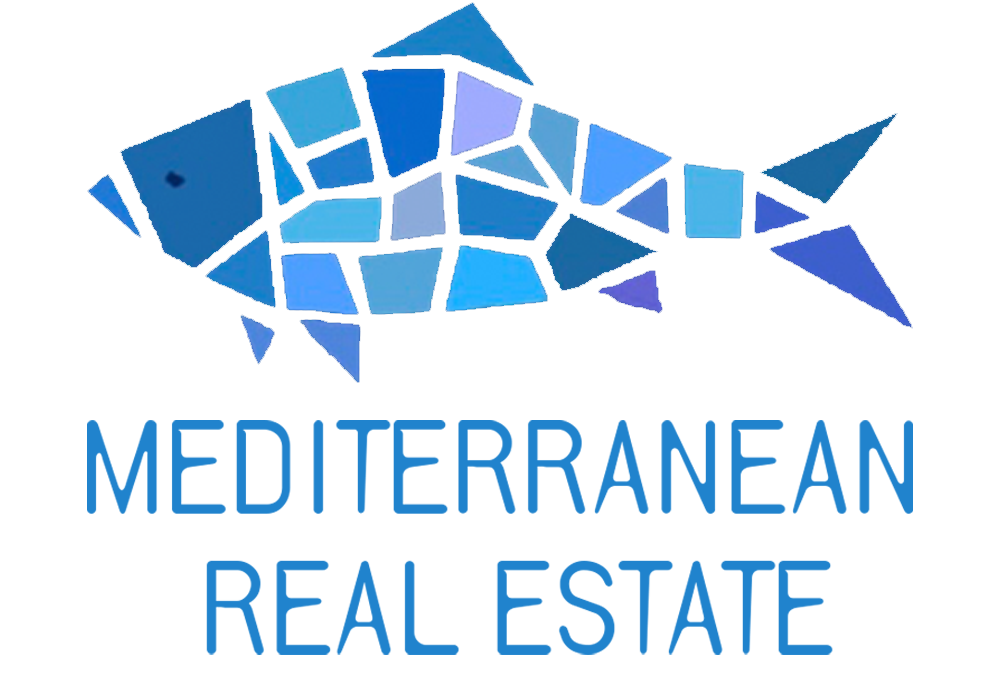

Welcome
With a population of about 3,000 inhabitants, Cadaqués economy is based on tourism, an activity which has consolidated as the town’s main economic engine.
Browse the web whether you want to know about the streets, the coves or the beautiful spots in Cadaqués, it will seduce you.
We hope you enjoy Cadaqués and its special dialect!
Among the towns and villages on the Costa Brava, Cadaqués outstands for its genuineness and singularity. The name of Cadaqués could result from the evolution of “Cap de Quers” ( Rocks Cape) due to the large amount of rocks, especially in the area of Cap de Creus. Another option is that Cadaqués derived from "cadaquer" or "cadaquers" (forest of càdecs: shrub of this coastal area). A third possibility is that Cadaqués is the combination of two words of Greek origin, kata-kairus, occasional port (as the Greeks used this port in its trade routes when bad weather forced them to interrupt the passage).
Located at the oriental part of the peninsula of Cap de Creus, the town, which is considered as the jewel of the Costa Brava, has a history of thousands of years, dating back to the Iberians’ period.







Source from: Visitcadaques.org
The unique shapes formed by the rocks and plants found at Cap de Creus make for an awe-inspiring landscape of great geological beauty. It is no surprise, therefore, that local residents have elected to honour the area's strange, quirky rock formations by giving them names such as The Camel, The Eagle and The Turtle. The vast expanse of this natural park harbours a multitude of zoomorphic and anthropomorphic forms, where nothing is quite what it seems. Cap de Creus is not, however, only a place for visiting and observing, but also provides an ideal setting in which to enjoy boating, water sports, hiking or cycling activities, taking advantage of the services offered by the town's various leisure companies. A trip to view the special geological formations in the Paratge de Tudela reserve is also highly recommended; a unique group of rocky structures and outcrops found on the way to the Cap de Creus lighthouse. The Cap de Creus Space inside the lighthouse features a museum providing information on the nature to be found in the Natural Park, as well as a tourist office.




Source from: Visitcadaques.org
The villagers, like the people living in Alt Empordà, are excellent gourmets.
Due to the rocky coast and the sea gales and storms, Cap de Creus fish and seafood is delicious and appreciated for its intense taste.
The traditional dishes are: seafood paella, scorpionfish with sauce and potatoes, sardines, anchovies, gilt-head breams, dusky groupers, red porgies, sea urchins, lobsters, mussels and many others can be tasted in the different restaurants according to the season, as writer Josep Pla wrote about the town:
In Cadaqués there are four delightful dishes: sea urchins in winter, rock mussels in spring; lobster or European lobster in summer.
JOSEP PLA "Cadaqués"
Allioli, one of the most popular and delicious Catalan sauces made of garlic and olive oil, is sometimes served with grilled food, especially meat.
Anchovies are another important produce which, in Cadaqués, are preserved in salt and pepper for ten months.
Anchovies are served on a slice of bread with tomato and some oil. They are delicious and sea-flavoured.
Josep Pla, drawn by the authenticity of Cadaqués cuisine and connoisseur of salted fish techniques, said: Soon after the anchovies are caught, they are cleaned, taking into account that the stomach should not be completely opened and respecting the red thread linking the head to the stomach. Then they are put over a flat surface and covered in sea salt to eliminate the excess of water. Then a sea salt layer is put at the bottom of a walnut or an oak tree barrel, and they are layered with sea salt, black pepper and some thyme between each layer. The barrel is covered with a wooden top and then a weight is placed on top of it.
Good wine, a large ring-shaped bun, Catalan crème brulée, Swiss rolls, custard, and taps (a kind of cake with the shape of cork stoppers) are some of the examples of Cadaqués’ cuisine. Taps have been made in La Mallorquina cake shop since the 17th century, although nowadays they are included in most restaurants’ dessert carte. Burilles and crespells are only made at Easter, matrimonis (matrimonies), peix de nata (cream fish) as well as sponge cakes and flaones (a kind of cheese cake) are also typical of Cadaqués.
Unfortunately, wine growing has slowly disappeared. However, Martin Faixó family has recovered it and produces homemade white, red and rosé wine together with Grenache and Muscatel wine.
Website: www.cellermartinfaixo.com
DO Empordà - Wine Route: http://en.costabrava.org/what-to-do/wine-route
Generally speaking, it is a simple and balanced cuisine based on the Mediterranean diet, with olive oil as its main ingredient. Olive oil, like fish, has an intense, nearly wild flavour, as it grows in the immensity of Cap de Creus Natural Park.




Source from: Visitcadaques.org
The commercial area is mainly located at the old quarter and it extends throughout the town.
Most of the shops are old and have rarely been modified, which allows visitors to discover the architectonic peculiarities of the most typical shops.
Handicrafts, art, books, decorative elements, ceramics, furniture, groceries are among the products on sale in Cadaqués shops.
Every Monday, there is a market in la Riera Sant Vicenç, . This is a must for hanging out with the locals and enjoying their charming dialect.




Source from: Visitcadaques.org
to save your favourite homes and more
Enter your email address and we will send you a link to change your password.
